Without any doubt, Italy represents the most crowded and competitive terrain in the UK premium on-trade. Importers range from the big and commercial through the classy and highly professional, down to the niche, specialists trying to carve themselves a share of the market by focusing on whatever the other guys might have missed, actually not difficult given Italy’s huge diversity.
Barely a week passes without some sort of Italian trade tasting, showing the dizzying array of wines you might expect from a country with over 350 authorised grape varieties and 20 major wine regions.
So how does Hallgarten & Novum’s (HN) line-up fit within this busy space?
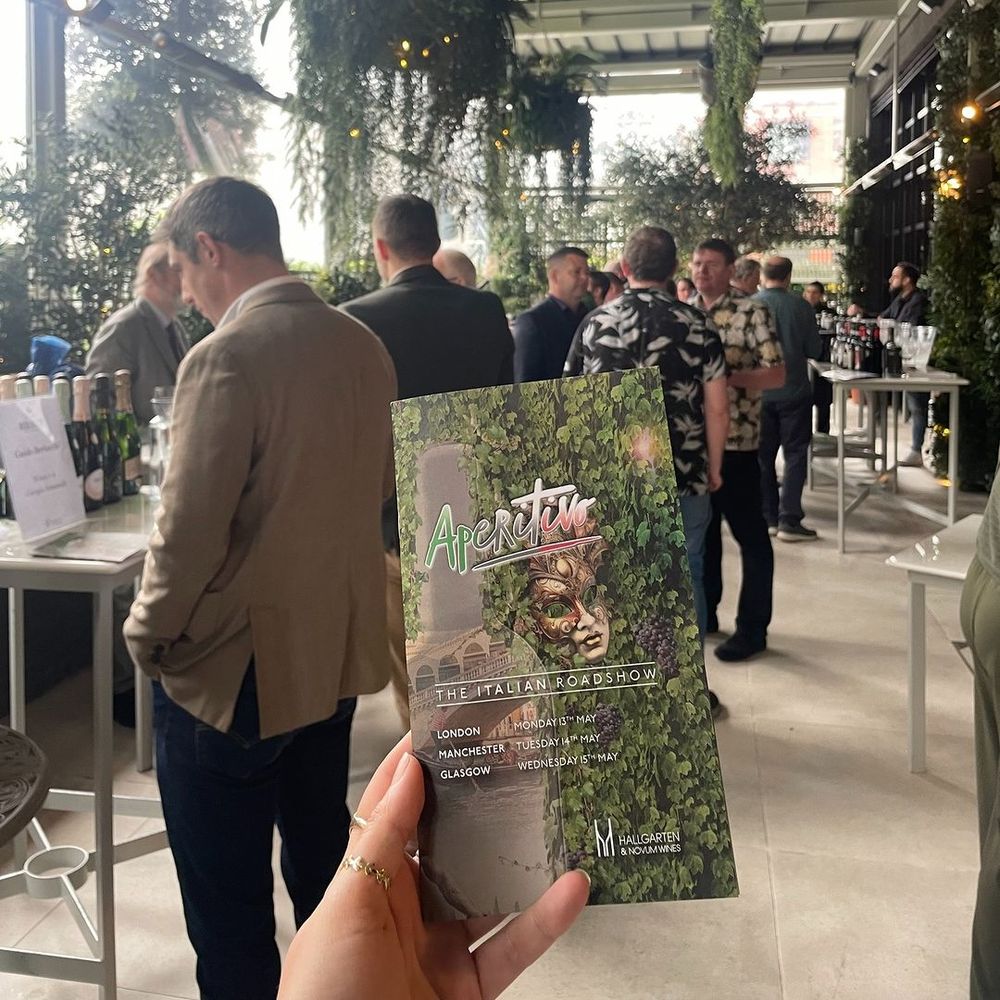
Italian Aperitivo roadshow
In mid-May it held an ‘Italian Aperitivo’ event showcasing eight agencies and 66 wines on the rooftop of The Conduit, a trendy venue in the heart of Covent Garden and an ideal place to focus on what is by any standard a truly impressive Italian range.
“True, Italy is a crowded place in the on-trade – and we have some very serious competitors - but I feel we stand out by staying true to ourselves and focusing on what our customers say they want,” says HN’s MD Andrew Bewes.
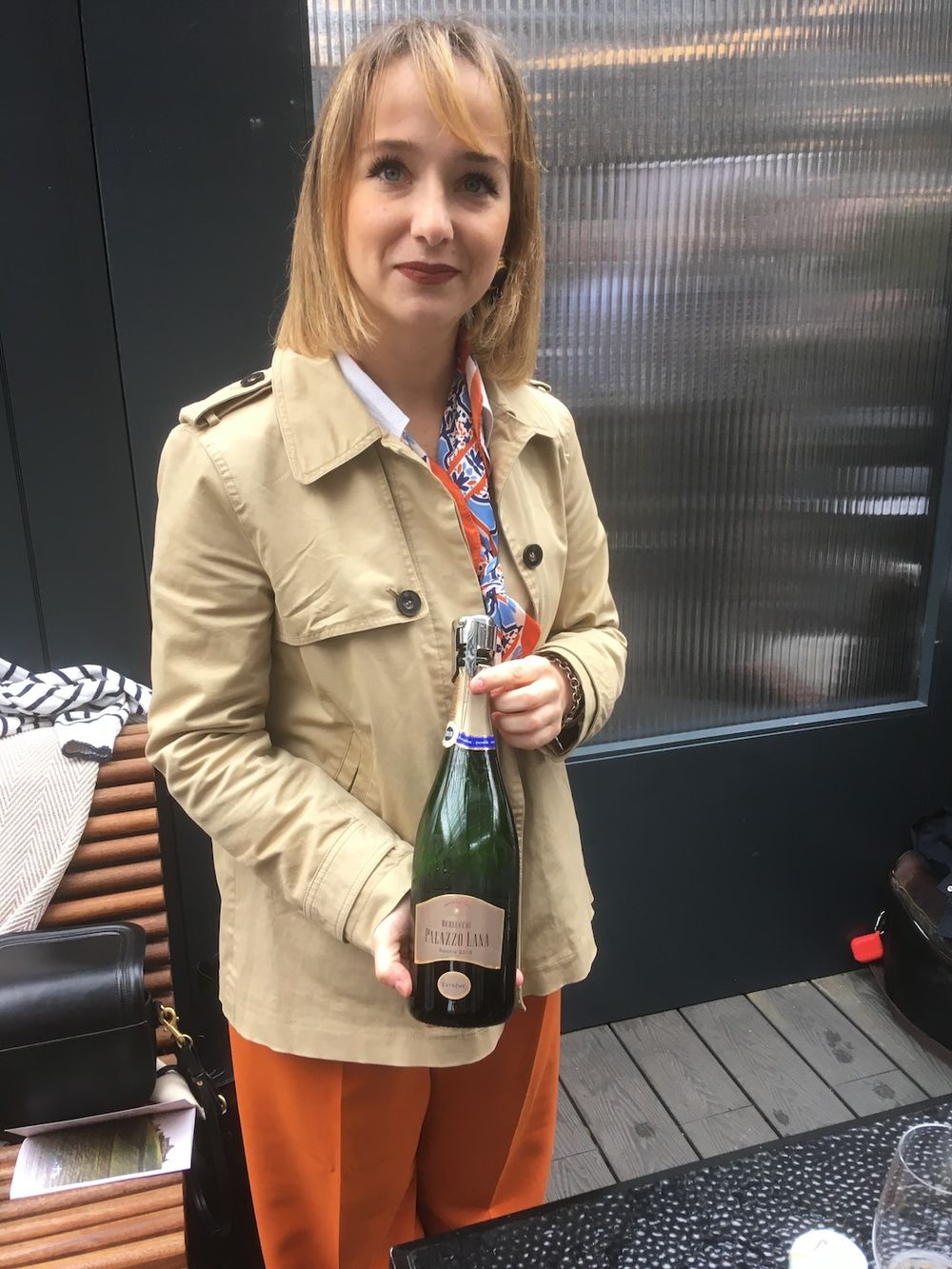
Giorgia Armenelli: many consumers baulk at the price of Franciacorta
Franciacorta from Berlucchi
Where better to start than with some quality fizz from Franciacorta and one of HN’s older agencies, Berlucchi, actually the first producer to start producing sparkling wine in this wealthy region of Lombardy, back in 1961 – which is why its core range (Saten, Rose and Nature) are called, well, ’61. I hadn’t realised that Berlucchi’s 4m bottles actually represent some 20% of Franciacorta’s production, highlighting how small this DOCG is (20m bottles made by 120 producers).
“That’s equivalent roughly to the production of Moet & Chandon,” says Giorgia Armenelli, export marketing specialist for Berlucchi, suggesting that as much as 90% of it stays within Italy.
“A lot of consumers abroad see the price point, and that it’s a lot more than say, Prosecco and are wary. We need to be in the right places, for sure, but we also need to work on educating people about our wines and why they cost what they do.”
I loved all these wines – especially the tiny volume single vineyard 100% Pinot Nero Palazzo Lana Extreme, Extra Brut Reserve (just 6000 bottles made and at around £120 retail, actually good value, especially given its 10 years on the lees.
My favourite, though, is probably the 61 Saten NV, a great example of what Franciacorta does so well. Saten is made from 100% white grapes – here Chardonnay – and at just 4 bar of pressure is less fizzy than other bottle-fermented wines, which means it is better with food. This is really delicious, fresh, rounded and not too acidic and, at around £38, not bad value.
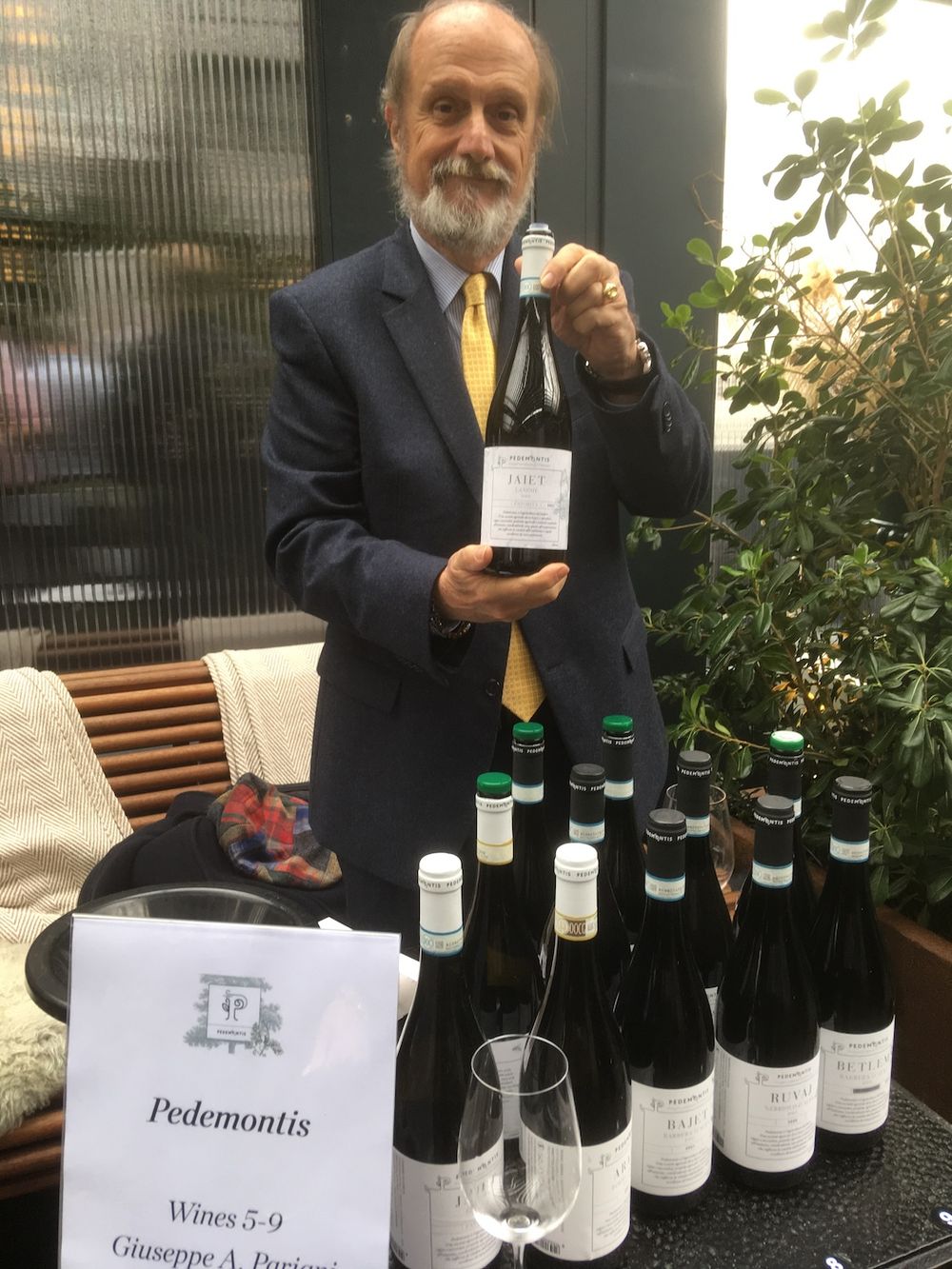
Pedemontis: a new producer in Piedmont
I’d never heard of the next producer, Pedemontis, a Piedmont-based sustainable producer focused on that region’s native varieties Barbera, Nebbiolo, Arneis and Favorita but I can probably be excused, as its first vintage was 2020, prior to which it sold its grapes to other producers.
Pedemontis, which produces around 30,000 bottles a year, makes much of its sustainablity credentials and comes across as an old-fashioned producer in the best sense of the word, following “closed cycle viticulture.” Amongst other things this means a team of 30 roaming donkeys feeding on the wild grasses that grow in the vineyards and helping fertilise the vines with what comes out the other end.
I loved the Barbera d’Alba Superiore Betlem 2020 – Barbera was rather a constant at this tasting, surprising given how much of it has been grubbed up in Piedmont and replaced with trendier and pricier Nebbiolo. My favourite wine here was (forgive the pun) the Favorita 2021, an old white variety related to Vermentino currently undergoing a revival, much like Timorasso. This wine is fresh and fruit-forward, given some complexity with six months on the lees but wonderfully fresh with suggestions of apricot and fresh herbs on the palate.

Giorgio Pelissero: getting what you pay for
Traditional Barbaresco with Pelissero
I’m going to put my hand up and admit I also hadn’t heard the next Piedmont producer here, Barbaresco-based Pelissero but I’m very glad I have now, because in many ways this was the star of the tasting. According to winemaker Giorgio Pelissero – son of Luigi, who founded the eponymous winery in 1960 – the focus is on making quality Barbaresco the traditional way; just 100,000 bottles are made of three wines, Tulin, Vanotu and Nubiola, all the 2020 vintage here.
“The Tulin is made from grapes grown in rocky soil and is classic in style; the Vanotu comes from limestone soil and is more modern, with a floral finish, whilst Nubiola is a blend made with grapes from the two vineyards,” Pelissero explains.
The two single vineyard wines showed particularly well, very expressive with that spicy freshness that often defines Barbaresco wines (often attributed to the vineyards’ greater proximity to the River Tanaro). At around £110-120 a bottle these are not cheap but then for quality Barbaresco, you really get what you pay for.
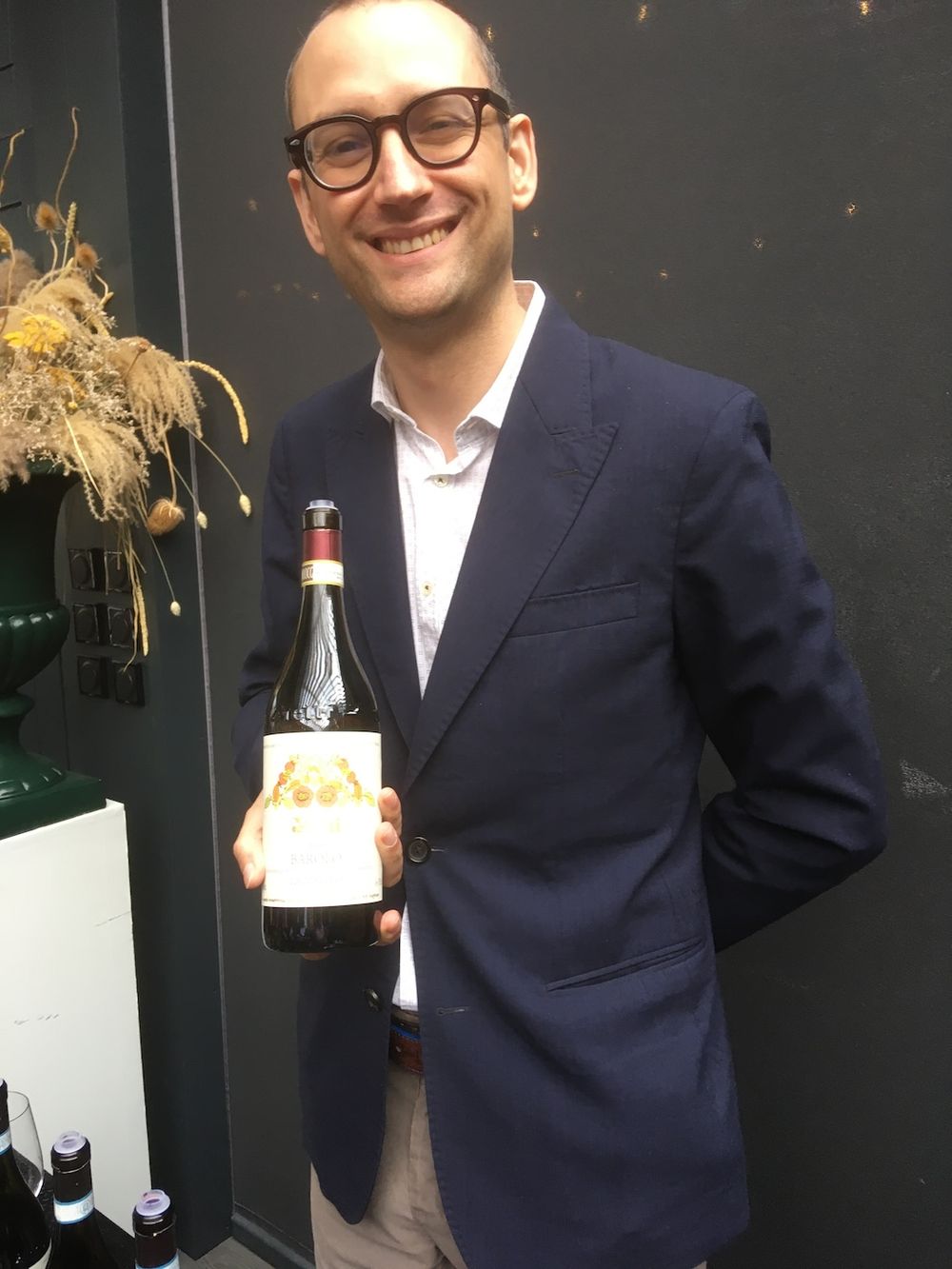
Offering the on-trade back vintages
No introduction required: Vietti and Michele Chiarlo
The other two Piedmont producers really need no introduction – Michele Chiarlo, which first started producing back in 1956 and Vietti, in 1961 Vietti which joined HN from Bibendum at the end of last year really is something of a coup for HN, according to brand manager Melissa Worrall:
“These are great wines for sure but having them in our portfolio means we can offer our high-end restaurant customers back vintages – which is a great selling point.”
All the Vietti wines were showing well, as you might expect from a producer that has won numerous winery of the year awards, including in 2022 one by Vinous magazine. I loved the Timorasso Derthona 2021, very focused, showing good fruit and fine, though not excessive, acidity; just 20,000 bottles are made of this, a drop in the ocean of Vietti’s total 650,000 bottle output. Amongst the reds the top Barolo, the Lazzarito 2019 was showing very well for a young wine, full on and muscular, with just 10,000 bottles produced.
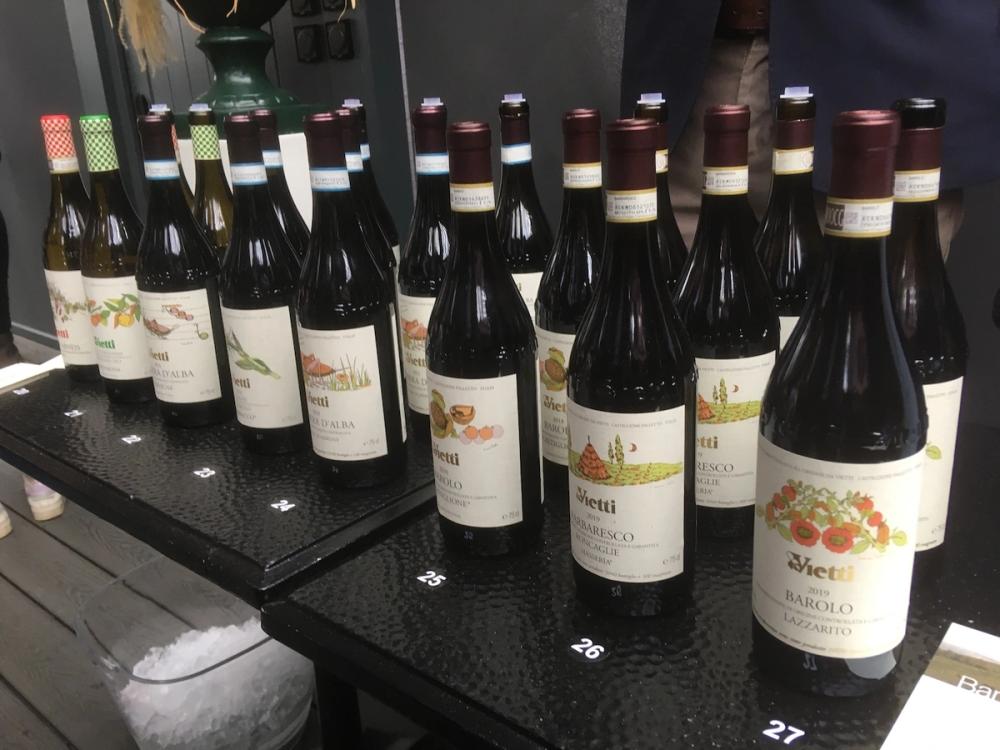
Amongst the Michele Chiarlo wines, the Gavi del Commune di Gavi Rovereto 2022 was delicious, very fresh and fruit-forward but with good balance. I was rather surprised that amongst the reds the Barbera d’Asti Superiore Nizza Le Court Riserva 2017 was the stand-out – I’m not normally a fan but this DOCG wine is impressive and proof perhaps that particularly with some ageing the variety still has lots of life to it, despite many consumers finding its often-fierce tannins a little challenging.
Certainly these two producers have a great track record with Barbera d’Asti– it accounts for almost 40% of Vietti’s plantings – and is a great place for the uninitiated to start.
Located in the heart of Chianti Classico – Gaiole in Chianti, to be precise - Badia a Coltibuono dates its origins back to a monastery (Badia) on the site in 1051. This is a good solid range with a Chianti Classico Annata and two Riservas, but no Gran Selezione unusually.
Instead, the producer was showing its fascinating Montebello 2018, a full-on 15.5% abv wine made from no fewer than seven varieties including the expected Sangiovese, Canaiolo and Colorino but also some ancient, rare varieties I’d never heard of including Fogliatonda and Mammolo. This is a dark, rich wine, probably thanks to the Colorino, Ciliegiolo and Malvasia Nera, very fruit-forward with plum, black cherry and blackcurrant: a long, long finish. Well worth seeking out.
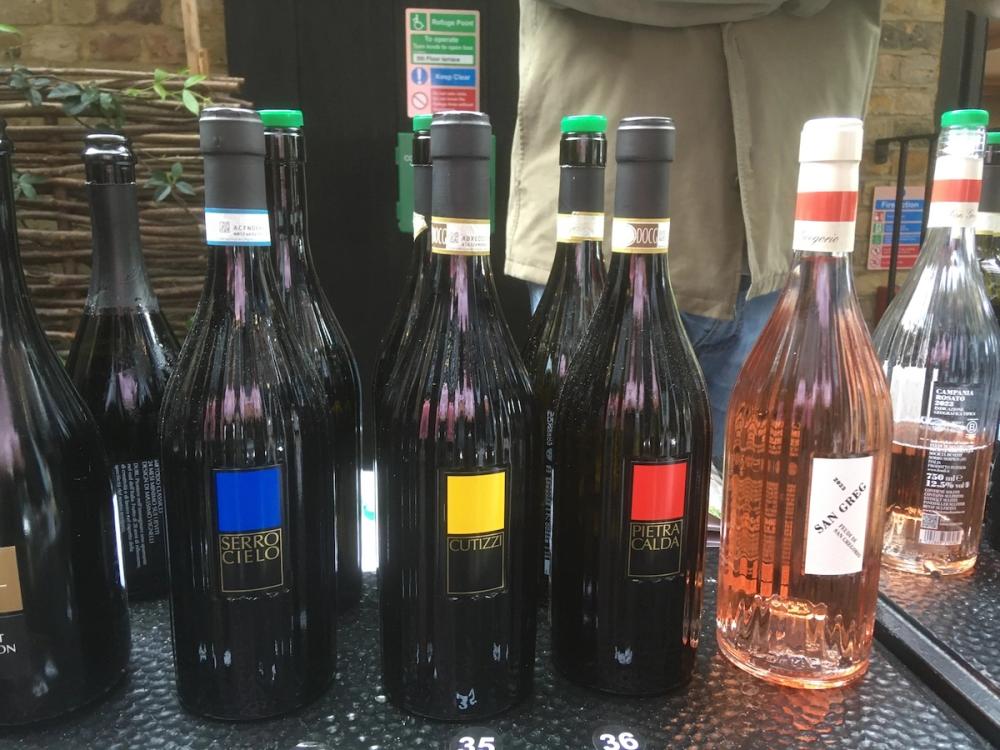
Two from Campania
Down south to Campania for our last two producers, Feudi di San Gregorio and Basilico, based in Basilicata but owned by Feudi di San Gregorio, which has revived the organic, volcanic soil vineyard to make a creditable Aglianico, the keenly priced Basilicata 2020. Amongst the main wines the whites in their specially designed bottles (apparently specially commissioned from the industrial designer Massimo Vignelli) really shone – unsurprisingly perhaps.
“Although we are probably best known for our Aglianco and Taurasi, whites account for well over half of the 4m bottles we produce each year, with Falanghina the biggest planting. The quality of all these, including also the Greco and the Fiano, gets better every year,” says export manager Daniele d’Orta.
Pushed to choose from such a great range, I would go for the Fiano di Avellino Pietracalda 2022, a rich, rounded wine made from grapes grown at 900m, which gives freshness and acidity. Amongst the reds, it would have to be the Irpinia Aglianico Serpico 2016; tiny volume (just 6000 bottles) made from grapes grown in a single, pre-phylloxera vineyards, which D’Orta suggests dates back some 175-200 years. Aged for 24 months in French oak and another 24 in bottle, this is a wonderfully complex, dark rich wine with cherry, fig and herbs on the extended palate.
HN also showed bottles from its other producers which include Cantina Tramin (Alto Adige), San Marzano (Puglia) Ca’ Rugate (Soave) Castello di Buttrio (Friuli) and from Tuscany a fascinating three variety (Sangiovese, Petit Verdot and Cabernet Sauvignon) amphora-aged blend from Castello Vicchiomaggio, Amphiarao 2021. All impressive stuff, confirming that HN is well ahead of the game with its Italian range.
“Quality is getting better across the board, particularly in whites – which were barely taken seriously a decade ago – and particularly from the South, where producers are increasingly focused on local varieties that really express the land,” says MD Andrew Bewes. “This is a country whose wines never cease to surprise – in the best possible way.”
Hallgarten & Novum is a commercial partner of The Buyer. To discover more about them click here.









































